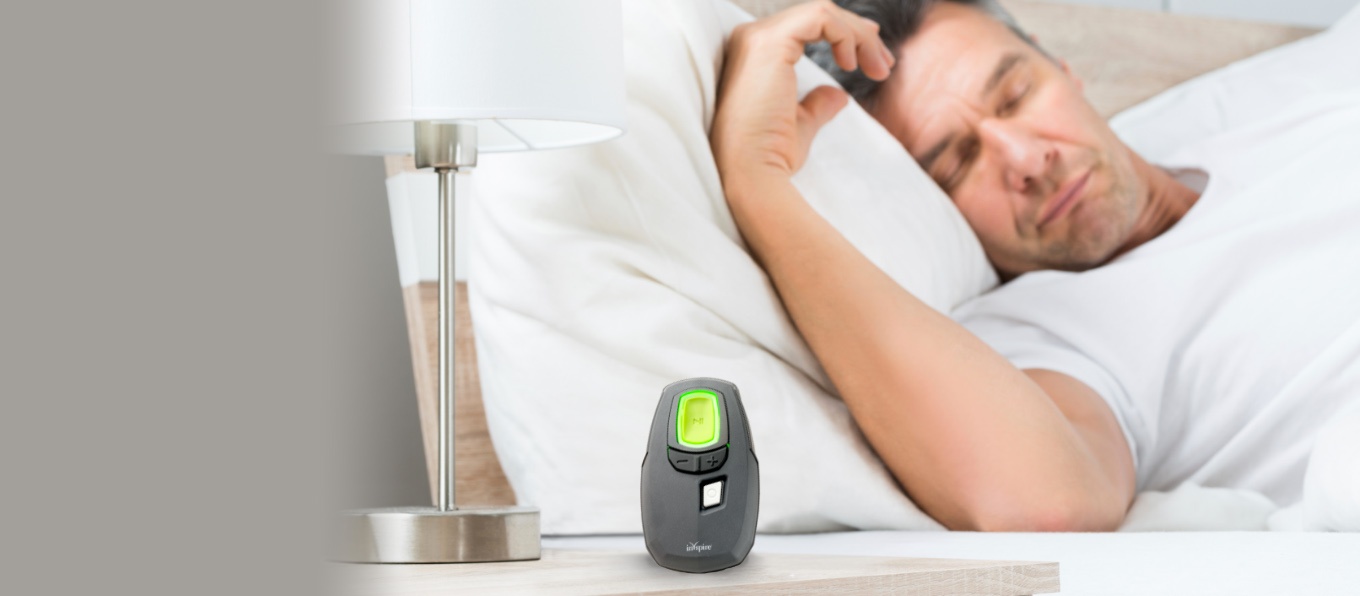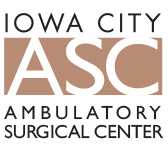
People often joke about snoring, but if your snoring is caused by obstructive sleep apnea, it’s nothing to joke about. This serious condition causes you to stop breathing anywhere from a few seconds to a few minutes while you are sleeping because soft tissues in your mouth and throat relax and block your airway. When this happens, your body and especially your brain is being deprived of the oxygen it needs to function correctly. Inspire therapy can help reduce your obstructive sleep apnea.
Works from the Inside-Out
Until now, the most common ways to treat obstructive sleep apnea has been to treat it from the outside in. If you were previously diagnosed with this type of sleep apnea, your doctor may have prescribed oral appliances or a CPAP to stop your tongue or other soft tissues from obstructing your airway.
While these tools might help reduce your sleep apnea, they are not very comfortable and can still interfere with you getting a good night’s sleep. In some cases, your doctor may have recommended invasive surgery as an attempt to prevent airway obstruction to remove your tonsils or uvula.
Inspire therapy works from the inside out by monitoring your breathing while you sleep. The system follows your breathing patterns and reacts by delivering mild stimulation to your hypoglossal nerve to keep your airway open while you sleep. This is made possible by a minimally invasive surgery where three components of the Inspire system are implanted in your body:
- Small-sized generator
- Breathing sensor lead
- Stimulation lead
At bedtime, you would activate the Inspire system with its handheld remote. You would then turn it off after you wake up each morning.
Who is a Candidate for Inspire Therapy?
Inspire therapy is not considered a first-line treatment for obstructive sleep apnea because of the fact that it needs to be surgically implanted. You must meet certain criteria before being considered a suitable candidate for this therapy and have tried using the CPAP for a minimum of three months without much success as documented by your physician. Additional criteria include:
- You are at least 22 years old
- You have an apnea-hypopnea index (AI) that falls between the 20-65 range indicating severe obstructive sleep apnea (your physician can help you determine this number)
- Body mass index (BMI) under 32 and not being significantly overweight
You will also be required to undergo an endoscopic procedure while under sedation so that your ENT can observe your airway’s anatomy while you are in a sleep-like state. Certain conditions, such as having an anteroposterior collapse of your soft palate and a lateral wall collapse will exclude you from being an Inspire candidate.
Having Inspire Implantation Surgery
The Inspire system is implanted under the skin of your chest and neck during an outpatient surgery where you will be given general anesthesia. Your doctor will only need to make several small incisions, so the recovery process is fairly quick.
After three to four weeks of recovery, your doctor will activate the device, set it for your personal therapy settings and instruct you on how to use the remote. The following month you will be required to undergo a sleep study where your doctor will optimize your settings. It is recommended that you see your doctor yearly for a checkup after you have the Inspire system implanted.
Most patients experience a 78 percent reduction in the severity of their sleep apnea after three years of having the Inspire system implanted and have experienced a significant improvement in their quality of life. Inspire therapy is now available at Iowa City ASC for patients who suffer from moderate to several obstructive sleep apnea.





